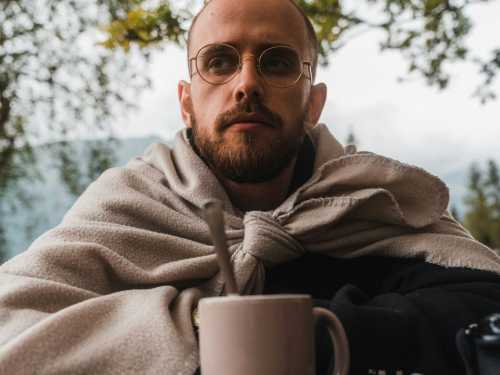
When scientists first recognized Neanderthals as a species slightly different than our own, the species was demonized. The first Neanderthal skeleton, reconstructed in 1911, was nicknamed the “Old Man of La Chapelle” and described as a wretched creature: hunched over, brutish, dim-witted, and primitive.
In the years since, archeologists have concluded from other Neanderthal remains that their bodies were riddled with trauma, particularly in terms of fractures or injuries on the head and neck. That led researchers to believe that Neanderthals were quite violent, or lived more brutal lives, even compared to their contemporary Homo sapiens counterparts. “The only sample which closely matches the Neanderthals” in terms of injuries, a 1995 paper concluded, were rodeo athletes (you know, the ones who ride bulls).
But there’s a new paper out in Nature from researchers at the University of Tübingen in Germany containing evidence that dispels the notion that Neanderthals were big into skull cracking. The study compared 295 Neanderthal skull pieces, from individuals who lived between 20,000 and 80,000 years ago, to 541 contemporaneous humans (i.e. people like you and me) living in Eurasia. And lo and behold, both groups had roughly the same amount of head trauma.
Which is to say: Human lives were no more or less brutal — as measured by head injuries — than Neanderthals during this time.
More and more, Neanderthals look like us
This latest study is another piece of evidence that Neanderthals were a lot more similar to us than we thought — and perhaps just as or even more sophisticated than us.
There’s a common misconception that Neanderthals were our ancestors, that we evolved from them. We did not. Neanderthals and modern humans are believed to have diverged from a common ancestor in the genus Homo sometime around 500,000 years ago. The Neanderthal ancestors moved up to Europe before us and continued to evolve there.
But even though they were on a different branch of the evolutionary tree and looked a bit different than us, they were capable of many of the cultural practices we tend to think of as being uniquely human.
We’ve learned lately about how Neanderthals built tools. That they made jewelry. That they, at times, buried their dead. We learned they were possibly stronger than us, and maybe just as smart. There’s evidence that they had tools to create fire. It’s very plausible that they had a spoken language (though it’d be near impossible to prove that they did). What’s more, we learned that humans had sex with them on occasion. Most people not of African ancestry have a little Neanderthal DNA inside of them. Who knows? A few ancient humans might have even fallen in love with Neanderthals.
The Neanderthals died off not because they were unworthy, but perhaps because they were unlucky. They were built a bit stronger and stockier than us, and probably needed to eat more food than we do. When hard times came, that could have been a killer.
“It’s uniquely human to feel very sure of our evolutionary success: that our evolutionary success must come at the expense of Neanderthals,” Lydia Pyne, a historian and anthropologist, told me in 2016. “[For scientists,] there needed to be some reason that Neanderthals went extinct.”
For most of scientific history, humans have told the story of Neanderthals in a way that makes us look good: We were smarter, less savage, better equipped to inherit the earth than the Neanderthal. This story makes us feel better about our future. Because if Neanderthals were our equals and still died out, what’s stopping nature from being as cruel to us?
Again, the new Nature study provides more evidence that they weren’t all that different than us, at least in terms of the injuries they sustained during their lives.
The researchers conclude that previous studies on the topic probably overestimated the rate of head trauma among Neanderthals. It’s another example of the narrative of the Neanderthals shedding the “savage” or “brutal” stereotype. At least, it seems, they were no more savage than us. Males in both groups sustained more head injuries on average than females. That’s also not much of a surprise, and it’s still true of humans today.
Sourse: vox.com






